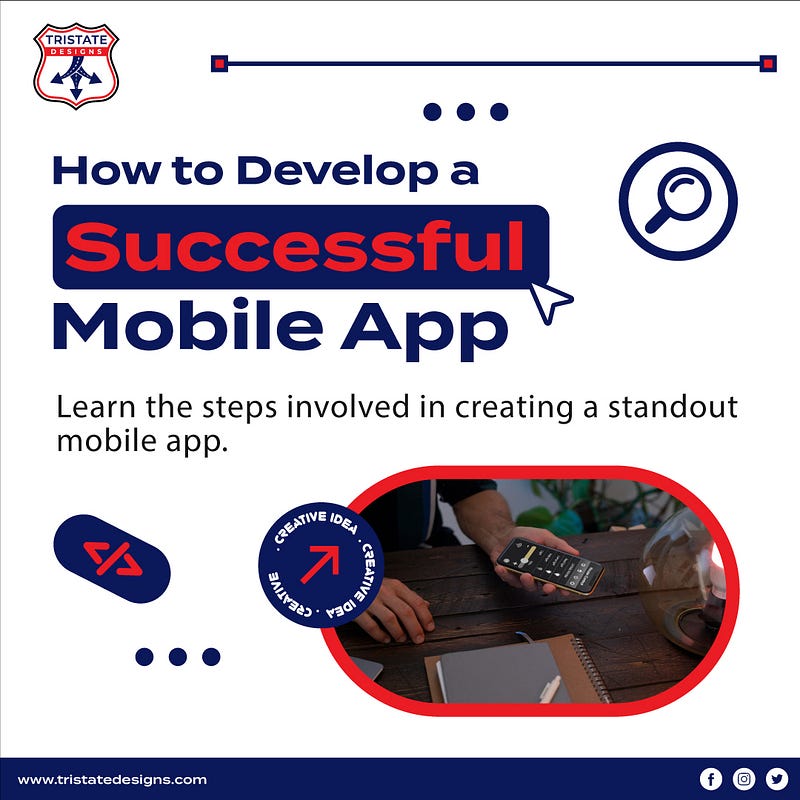User Experience (UX) and User Interface (UI) design are critical components of any successful...
How to Develop a Successful Mobile App

Creating a mobile app that stands out in today’s competitive market is a challenging but achievable goal. Whether you’re an aspiring developer or a business looking to expand your digital footprint, understanding the key steps involved in mobile app development is crucial. Here’s a comprehensive guide on how to develop a successful mobile app.
1. Ideation and Market Research
The first step in developing a successful mobile app is ideation and market research. This involves brainstorming potential app ideas and evaluating their feasibility. Consider the problems your app will solve and its target audience. Conduct thorough market research to identify your competitors, understand market trends, and validate your app concept. Tools like surveys, focus groups, and beta testing can provide valuable insights.
2. Define Your App’s Core Features
Once you have a solid app idea, the next step is to define the core features of your app. Make a list of essential features that will meet your users’ needs and distinguish your app from others. It’s important to start with an MVP (Minimum Viable Product) that includes only the most critical features. This approach allows you to launch your app sooner and gather user feedback to improve future versions.
3. Design and User Experience (UX)
The design and UX of your app play a significant role in its success. A well-designed app with an intuitive user interface can significantly enhance user satisfaction. Work with experienced designers to create a visually appealing and user-friendly app. Focus on creating seamless navigation, engaging visuals, and interactive elements that keep users engaged.
4. Choose the Right Technology Stack
Selecting the right technology stack is crucial for your app’s performance and scalability. Decide whether you want to build a native app (iOS or Android) or a cross-platform app that works on multiple operating systems. Consider factors such as development cost, time, and the technical skills of your development team when making this decision.
5. Development and Testing
With your design ready and technology stack chosen, you can now move to the development phase. Work with skilled developers to bring your app to life. Ensure regular testing throughout the development process to identify and fix any bugs or issues. Use automated testing tools and beta testers to ensure your app functions smoothly across different devices and operating systems.
6. Launch and Marketing
Launching your app is a critical step. Submit your app to the respective app stores (Google Play Store, Apple App Store) and ensure it meets all the necessary guidelines. Prepare a comprehensive marketing strategy to promote your app. Utilize social media, content marketing, and app store optimization to reach a wider audience. Consider using paid advertisements to boost visibility and downloads.
7. Monitor and Update
Post-launch, continuously monitor your app’s performance using analytics tools. Pay attention to user feedback and reviews to identify areas for improvement. Regular updates with new features and bug fixes will keep your app relevant and maintain user engagement.
In conclusion, developing a successful mobile app involves meticulous planning, design, development, and marketing. By following these steps, you can create a standout app that meets users’ needs and achieves business success.
For more tips and detailed guides on mobile app development, visit TriState Designs.


